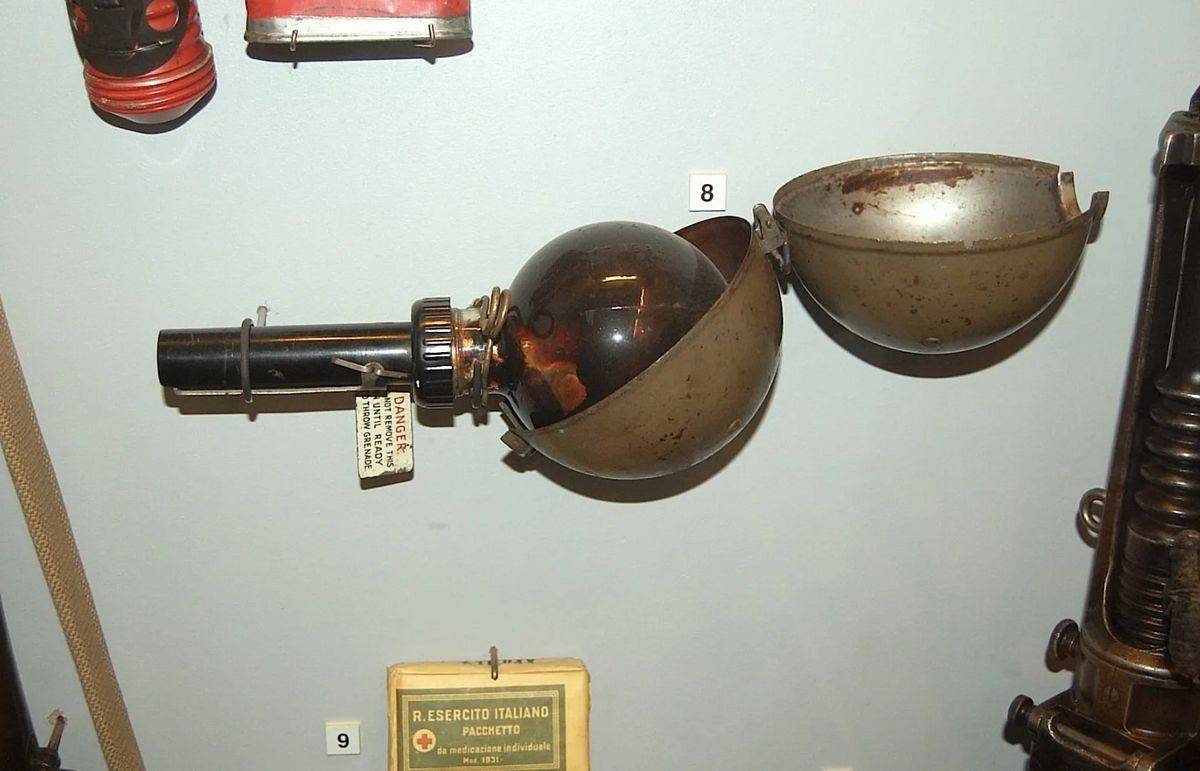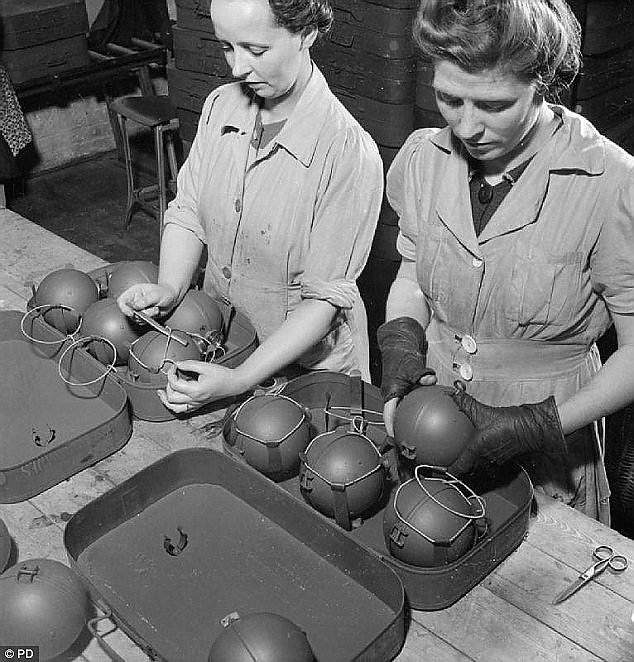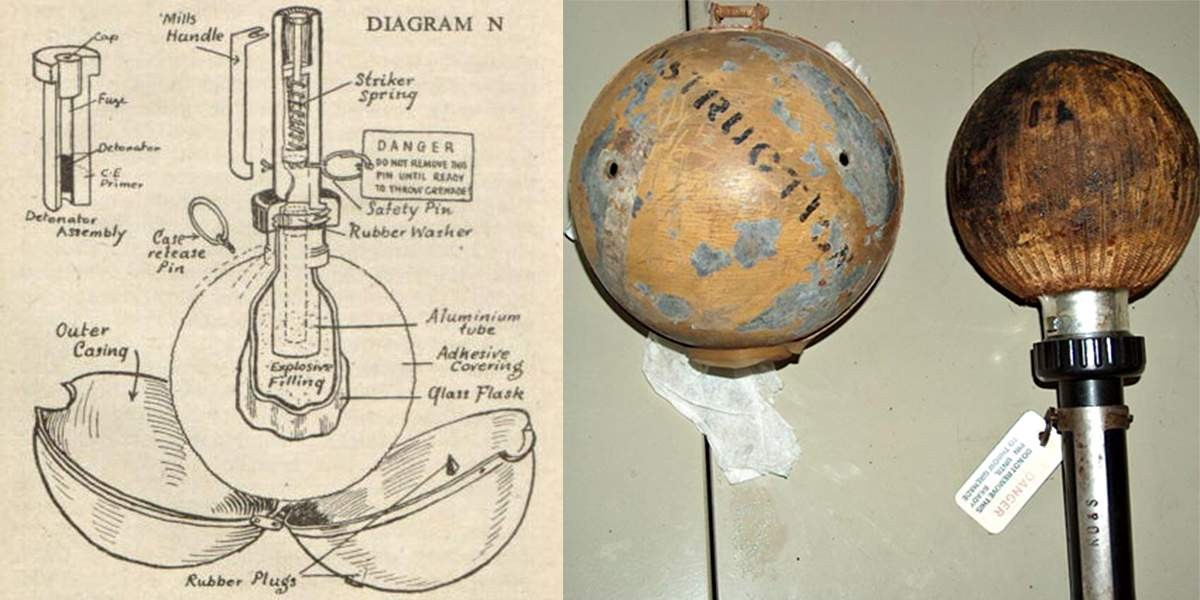Sticky grenade: why it is interesting and why it was not loved during World War II (5 photos)
British Anti-Tank No. 74 was the most innovative and most hated weapon. 
It was created in 1940. The original goal is military operations on British controlled territories. In Russian - colonies, because the natives were “not sorry”. Such is the harsh truth of European "civilizers" 
But during the Second World War, her finest hour came - 2.5 million grenades of this type were created.
It was a glass bowl or flask filled with nitroglycerin and “wrapped” in a metal sheath for transport. Glass bowl covered with adhesive. 
As conceived by the creators, the grenade had to be used like this: throw it at enemy vehicles from afar or run up and hit it against enemy corps - after that the fighter had 5 seconds to hide.
But everything turned out to be not so simple. Although the grenade was cheap in production, it had a number of shortcomings. For example, if it stuck a layer of dirt, then it simply did not attach to the hull of an enemy tank. AND if it was thrown from afar, the angle of contact with technique. If the armor at the point of contact stood vertically, then the grenade most often did not stick. 
And the main point - a grenade could stick to the uniform of a fighter. And if remember about 5 seconds before the explosion, then the chances of staying alive are practically did not have. In addition, nitroglycerin quickly became unstable and love It didn't add to the weapon either.
As a result, a lot of pomegranates “spawned”. But they were used a lot. limited: mainly at the front in North Africa and the islanders Commonwealth in the Pacific theater of operations. 
Everyone else shied away from the grenade as if from fire.





















